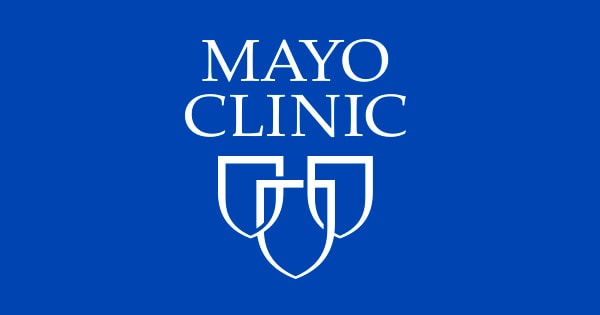Reported cases of Salmonella, Shigella, and E. coli in Canada fell during the COVID-19 pandemic but Listeria infections stayed around the same level, according to a study.
Total illnesses in Canada declined in 2020 compared with historical averages and was at the lowest level in 23 years of monitoring such data at a national level.
The study described the impact of the pandemic on cases and clusters of E. coli O157, non-O157 Shiga toxin–producing E. coli (STEC), Shigella, Salmonella, and Listeria monocytogenes, from March to December 2020. Data were compared with a pre-pandemic reference period.
Factors behind declines
In 2020, the number of international flights into and out of Canada was limited, and the land border with the United States was closed. This contributed to a 60 percent decline in cases associated with international travel compared with a 10 percent drop in the number of domestic patients.
Public health measures implemented to reduce Coronavirus transmission likely played a role in foodborne illness declines seen in other countries, as did changes in healthcare-seeking behaviors, improved hand hygiene, and redirection of laboratory, healthcare, and public health resources to support pandemic response, according to the study published in Foodborne Pathogens and Disease.
Compared with the average number of 9,053 cases in the previous five years, there was a 33 percent reduction in infections recorded nationally in 2020 to 6,054.
E. coli O157, Shigella, and Salmonella all had more than half the reported cases in 2020 associated with a single or multijurisdictional cluster, compared with non-O157 STEC and Listeria had around 20 percent of cases linked to a cluster.
There was a decline in reported cases associated with domestic clusters in March 2020 after the declaration of a national pandemic and the introduction of restrictions, apart from a large outbreak of Salmonella Newport from red onions in the summer of 2020.
Trends by pathogen
Decreases in reported cases in 2020 compared with the previous five-year period were noted for Salmonella, Shigella, E. coli O157, and non-O157 STEC. Cases of Listeria remained at similar levels from 2015 to 2019.
Of the pathogens analyzed, Listeria is most likely to cause severe disease, which could be why a large fall in listeriosis was not seen.
“As healthcare-seeking behavior is associated with disease severity, the lack of reduction in Listeria’s 2020 reported incidence is possibly due to Listeria being likely to cause more severe illness compared with the other pathogens assessed,” said researchers.
It is possible that people with mild or moderate Salmonella, Shigella, and E. coli infections were less likely to seek care in 2020, so were not captured by surveillance, resulting in more notable decreases in incidence rates. Scientists said this doesn’t necessarily mean there was a drop in true incidence rates.
The analysis did not find that more cases were being acquired from isolated incidents such as poor food safety practices at home. This is despite more people being forced to cook at home as a result of pandemic-related restrictions.
Limitations on gatherings reduced person-to-person contact and exposure. This could explain why Shigella had the greater drop in reported incidence rates in the study.
Some trends may have been impacted by non-COVID-19-related factors. For example, as a result of past E. coli O157 outbreaks due to romaine lettuce, import requirements were implemented for this product coming from parts of California between October and December 2020, likely contributing to reduced E. coli O157 cases over the same time period.
Additional research is needed to understand how limitations on social gatherings, lockdowns, and other public health measures impacted enteric diseases, said scientists.
(To sign up for a free subscription to Food SafetyNews,click here.)
Note: This article have been indexed to our site. We do not claim legitimacy, ownership or copyright of any of the content above. To see the article at original source Click Here








